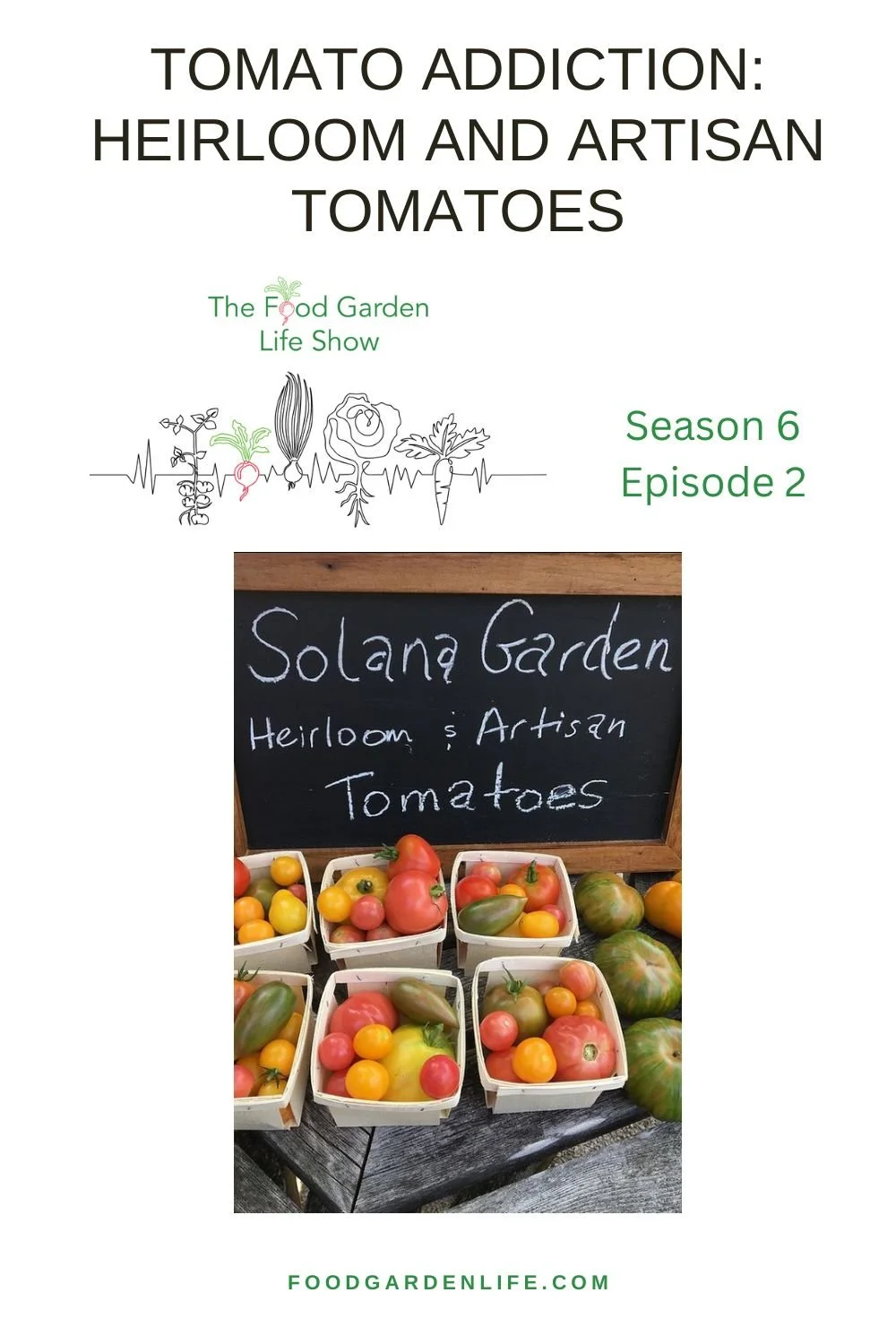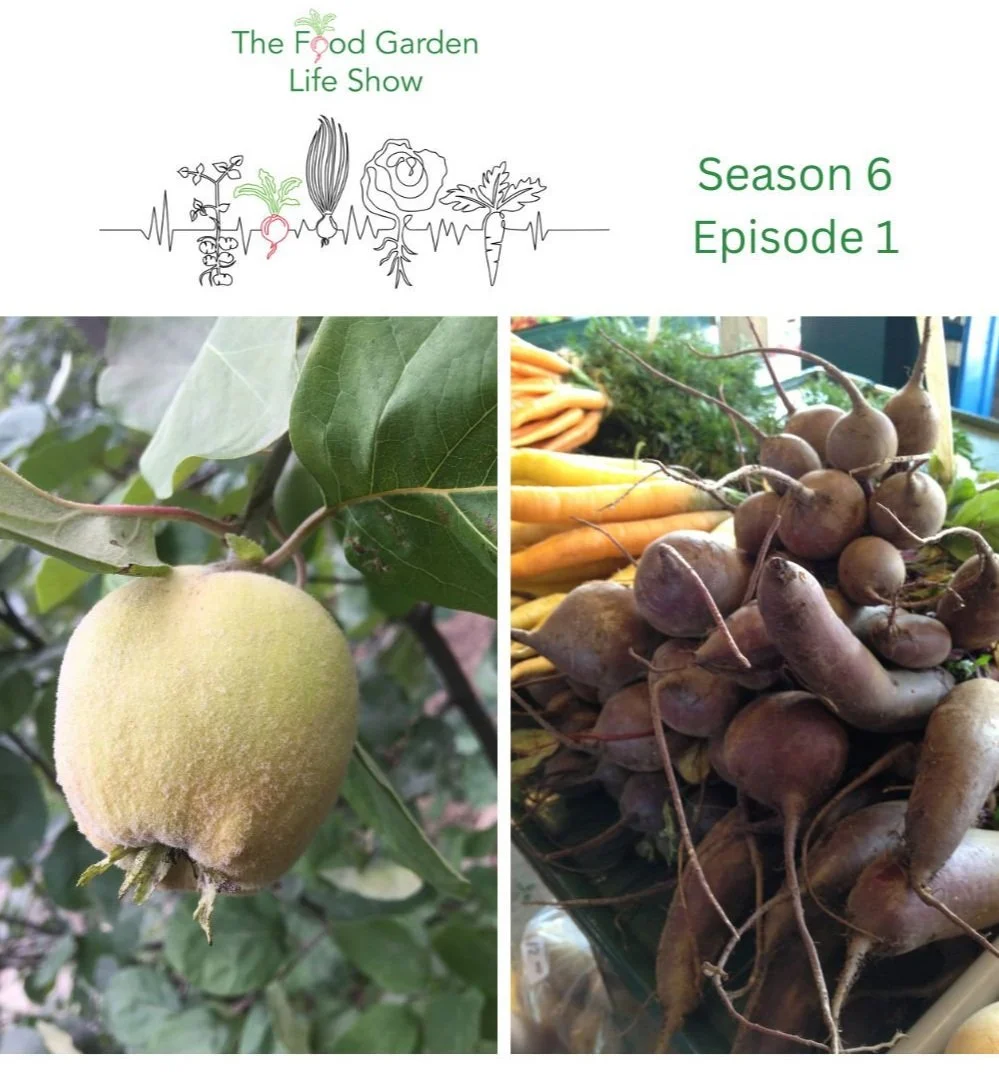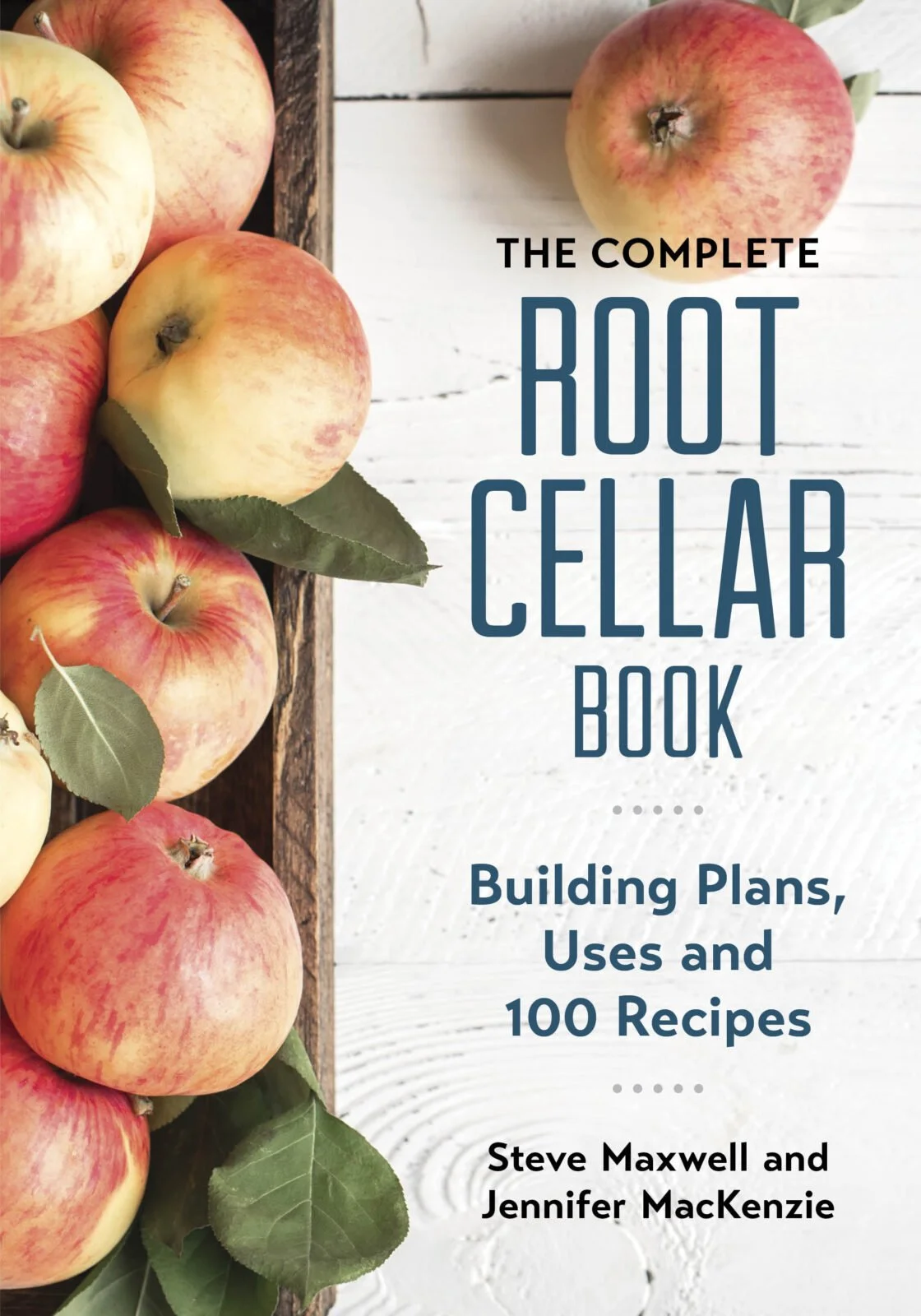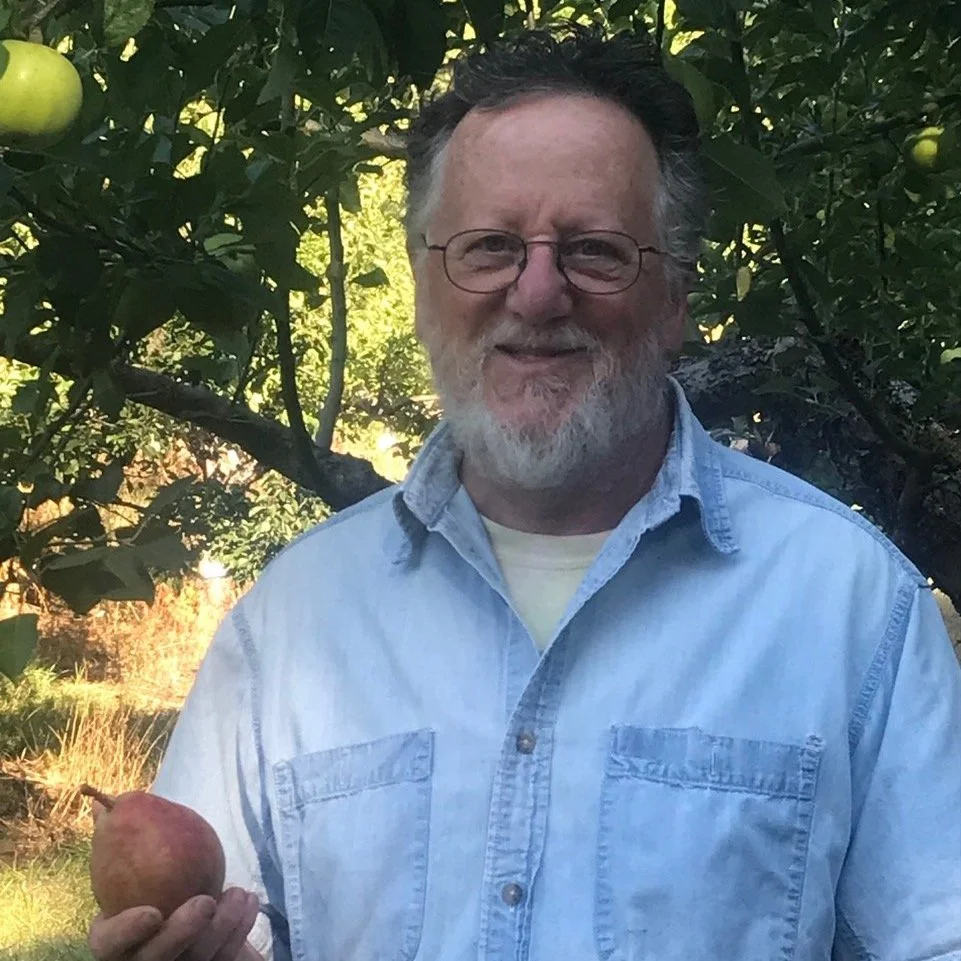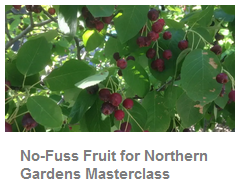It's Rhubarb...but It's not Rhubarb
Forced rhubarb is a winter specialty that's quite different from rhubarb grown outdoors: It's milder, more tender, and brightly coloured. Brian French from Lennox Farm explains how to force rhubarb.
Forced Winter Rhubarb
Forced rhubarb is a winter specialty that's quite different from rhubarb grown outdoors: It's milder, more tender, and brightly coloured.
Brian French and his wife Jeannette run Lennox Farm in Dufferin County, in Ontario. Along with field-grown rhubarb, they force rhubarb indoors during the winter.
Brian French explains how to force rhubarb:
The French family at Lennox Farm. Brian French at right.
The difference between forced and field-grown rhubarb
Conditions needed to force rhubarb over the winter
Varieties of rhubarb for forcing
Growing rhubarb roots for forcing
Digging rhubarb roots for forcing
Tips for growing rhubarb at home
(Spoiler alert: Brian tells us whether it's really necessary to harvest by candlelight, as it's traditionally done!)
Pictures of Rhubarb Forcing
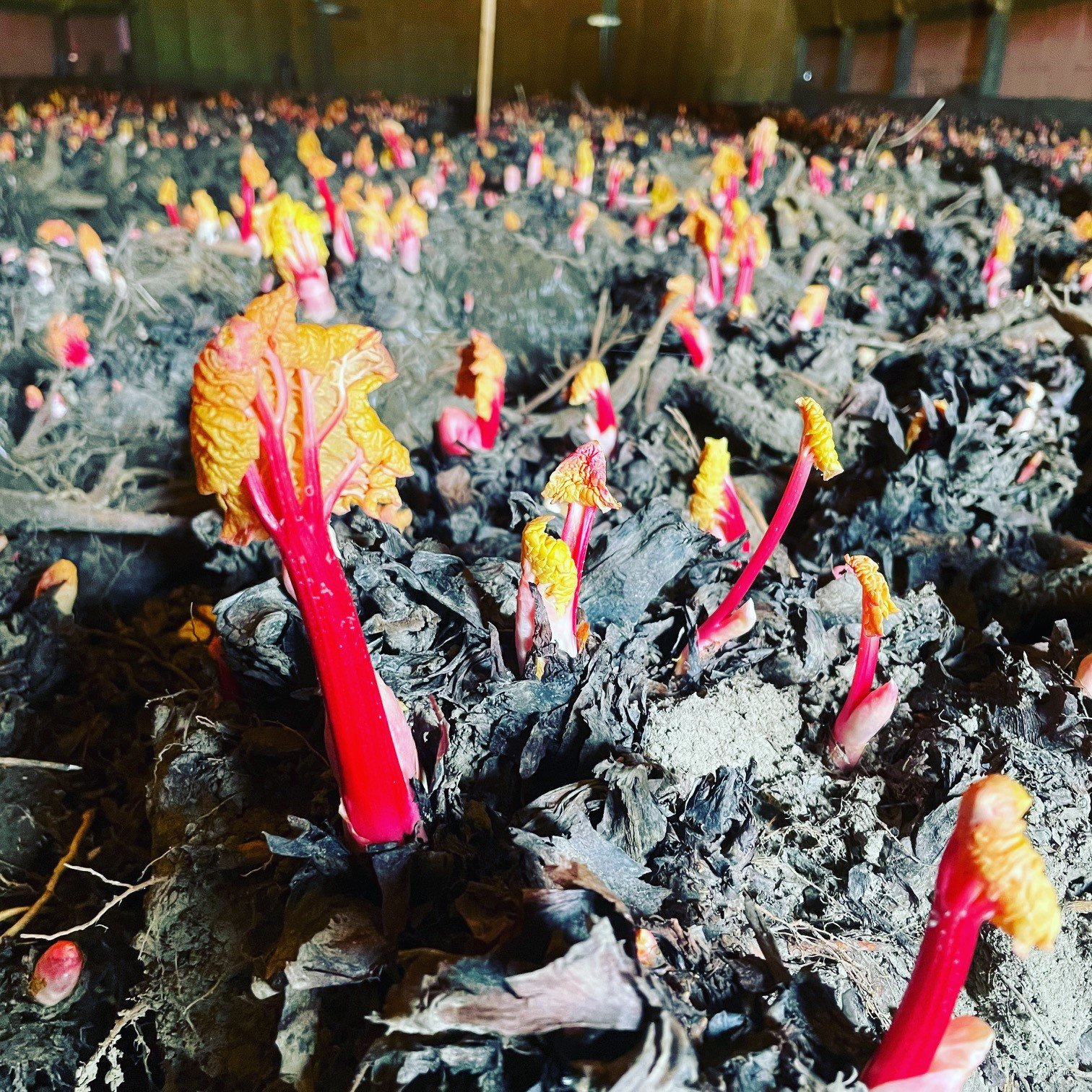
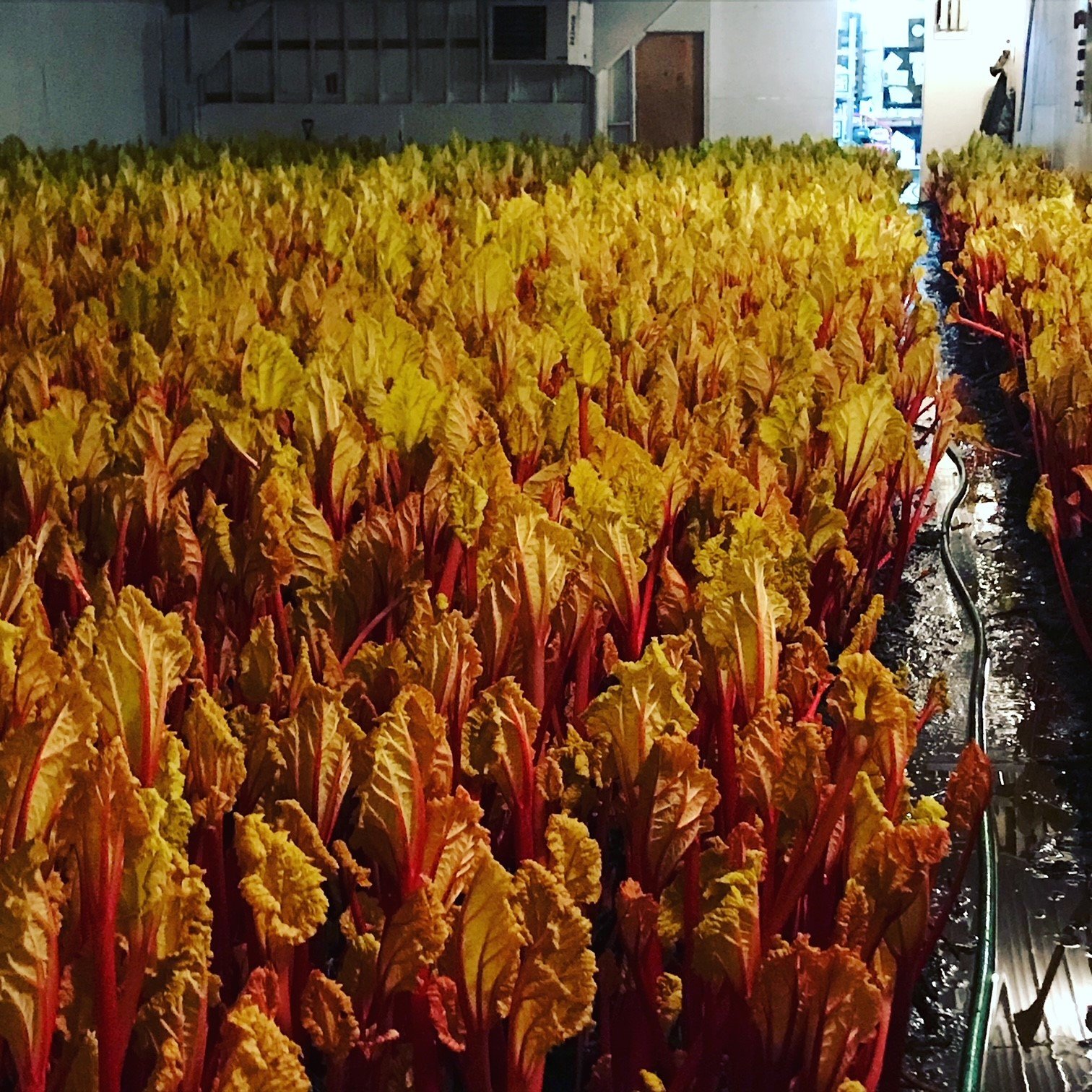
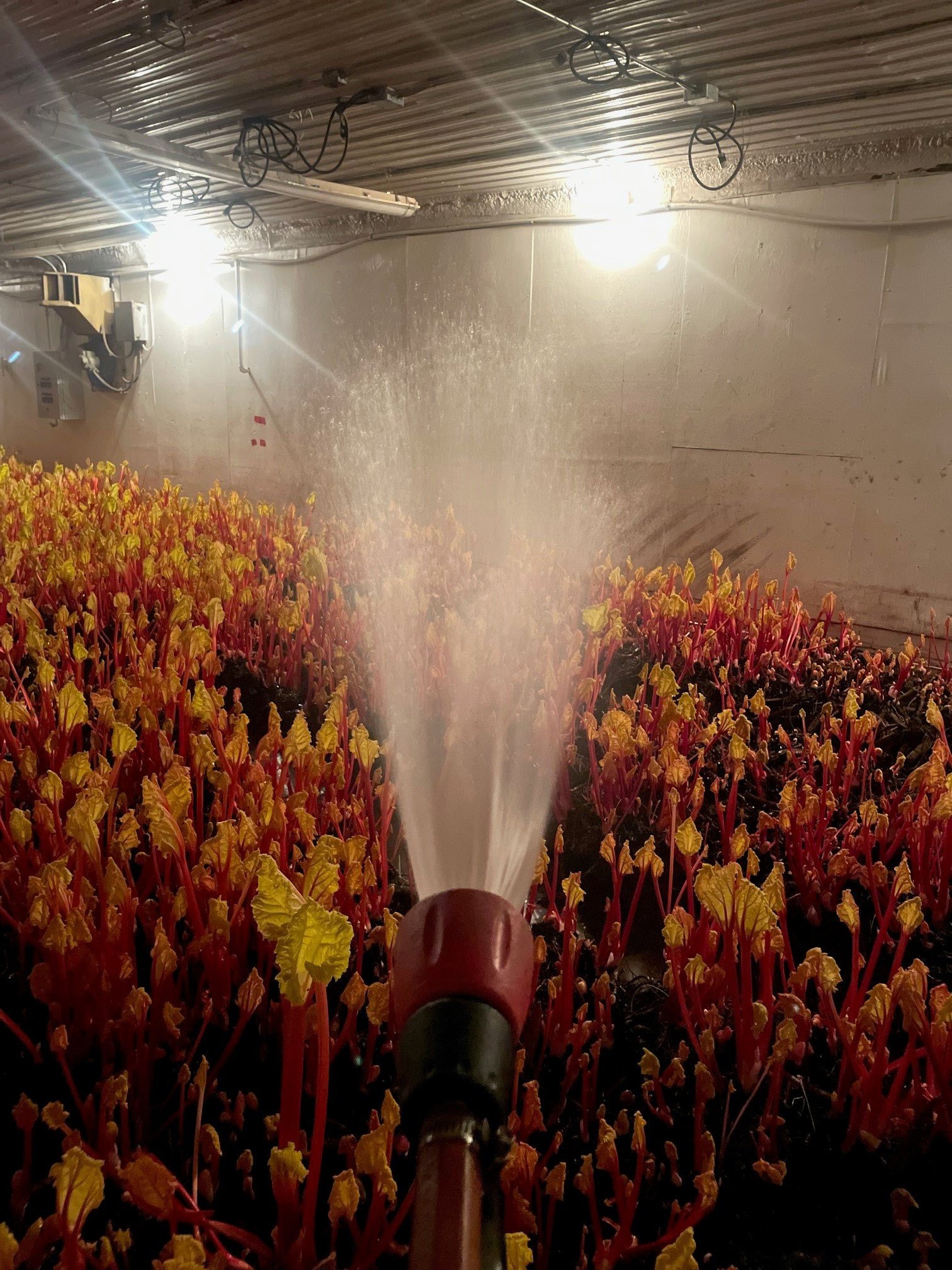

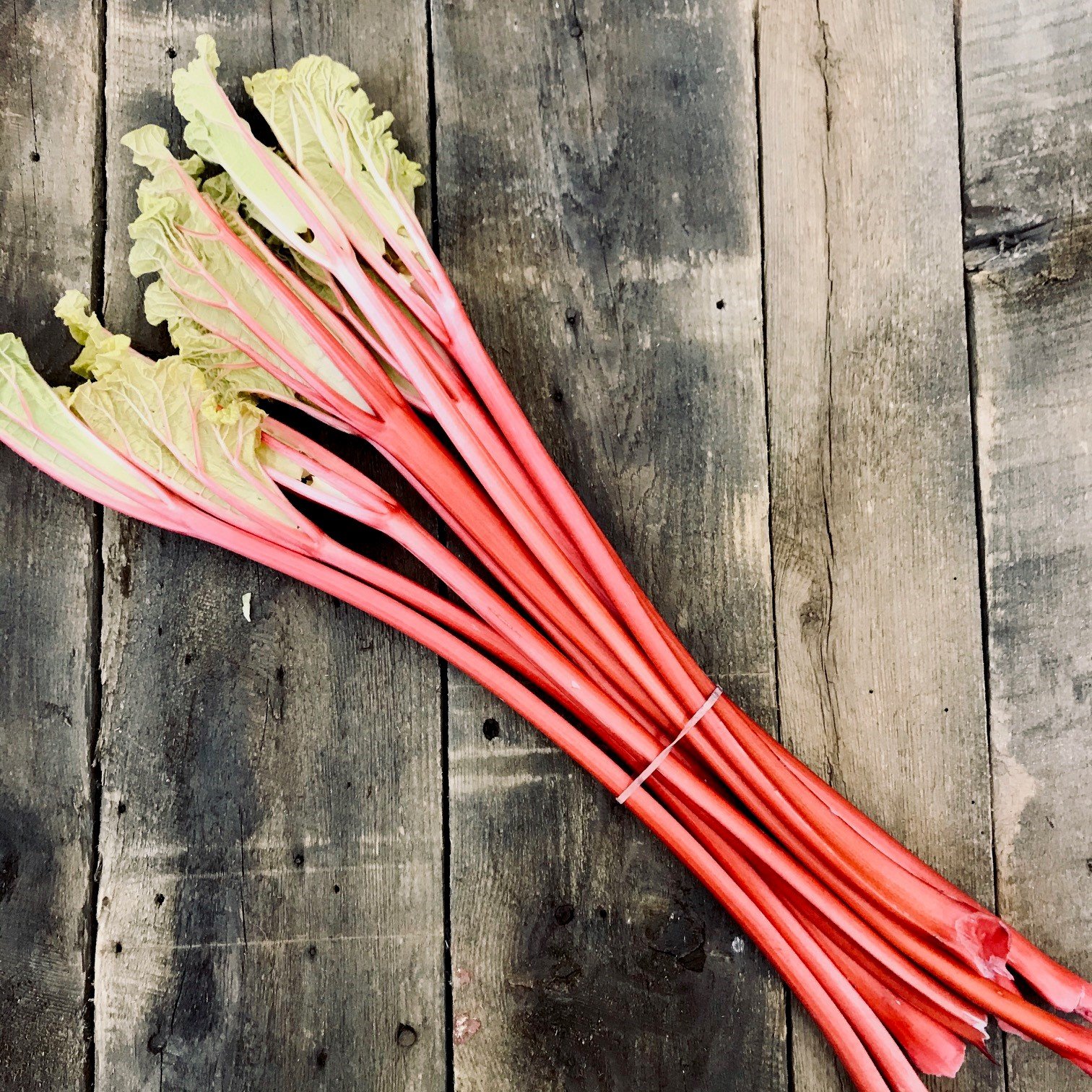

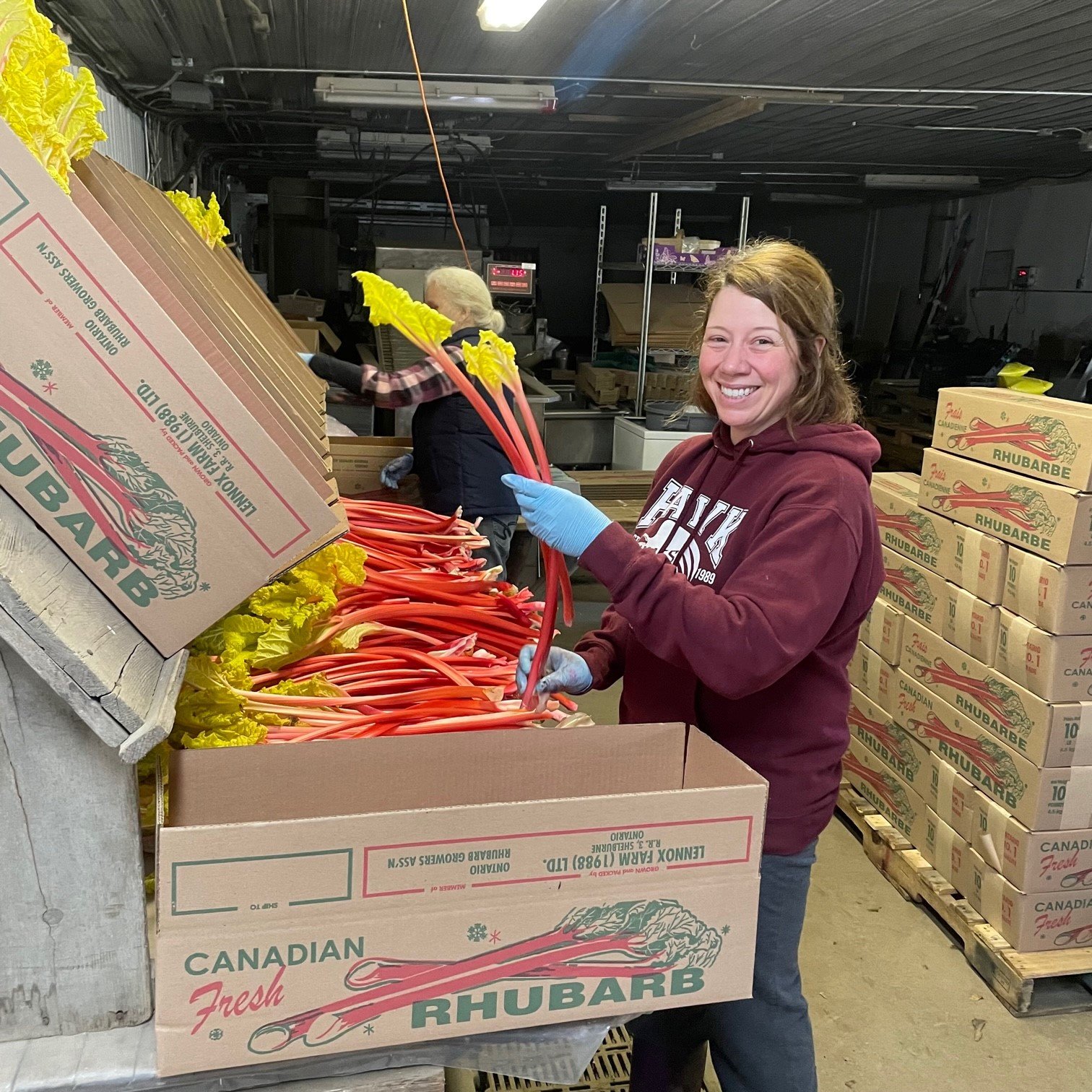
Connect
website: lennoxfarm.ca
Want More on Rhubarb?
Artisan Tomatoes and a Tomato Addiction
A fascination with unusual tomatoes grows into an addiction, and a business. We chat with Teresa Zohorsky from Solana Garden.
Heirloom and Unusual Tomato Varieties
We chat Teresa Zohorsky from Solana Garden in Ontario.
What started as a fascination with unusual tomato varieties grew into an addiction! Teresa specialized in heirloom and unusual tomato varieties, and now sells tomato transplants and fruit.
We talk about:
Top varieties
Resources for finding and researching tomato varieties
Selecting tomato varieties suited to the growing conditions
Tips for people who want to get started growing heirloom and unusual tomatoes
Connect
@solana_garden in Instagram and Twitter
Want More on Tomatoes?
Grow Quince + Delectable Root Veg Recipes
We talk about growing quince with Joseph Postman; and talk about cooking root vegetables with Jennifer MacKenzie, who shares recipes from her book The Complete Root Cellar Book.
Spoiler alert: Scroll down for recipes!
Growing Quince
Quince expert Joseph Postman joins us to talk about quince. This fragrant fruit is unknown to many in North America, and often relegated to use as a rootstock for pear trees.
Postman is a retired plant pathologist and curator of the USDA National Clonal Germplasm Repository in Corvallis, Oregon, where he helped develop a pear collection with cultivars and species from around the world.
We talk about:
What is quince
How to use quince fruit
The use of quince trees as rootstock for pear trees
Quince varieties
Quince cold hardiness
Quince diseases
Delectable Root Vegetable Recipes
Cookbook author and professional home economist Jennifer MacKenzie joins us to talk about cooking root vegetables and shares recipes from her book The Complete Root Cellar Book.
We talk about:
Shopping for root veg
What to look for if you're planning to store root veg
Spiced roasted turnip and beet batons
Beet and carrot slaw
Root cellar medley soup
Parsnip and pear soup
MacKenzie is the author of 9 cookbooks.
Sous Vide Basics
150 Best Waffle Maker Recipes
The Complete Book of Pickling
The Dehydrator Bible
The Complete Trail Food Cookbook
The Complete Root Cellar Book
Complete Curry Cookbook
Best of Bridge Home Preserving
Recipes from The Complete Root Cellar Book
Parsnip and Pear Soup
From The Complete Root Cellar Book by Steve Maxwell and Jennifer MacKenzie (Robert Rose 2010); used with permission.
The sweet, floral flavor of pears tames the stronger flavor of parsnips in this light and velvety soup.
Makes 4 to 6 servings
1 tbsp (15 mL) vegetable oil
1/2 cup (125 mL) chopped shallots
2 pears, peeled and chopped
1 small all-purpose potato, peeled and chopped
4 cups (1 L) chopped parsnips (6 to 10)
4 cups (1 L) homemade vegetable stock or chicken stock, or reduced-sodium ready-to-use vegetable or chicken broth
1 tbsp (15 mL) white wine vinegar
1 tsp (5 mL) salt, or to taste
1/2 tsp (2 mL) freshly ground black pepper, or to taste
Chopped fresh parsley
1. In a large pot, heat oil over medium heat. Add shallots and sauté for about 3 minutes or until starting to soften. Add pears, potato and parsnips; sauté for 5 minutes or until parsnips start to soften.
2. Add stock and bring to a boil over medium-high heat. Reduce heat to medium-low, cover and simmer for about 20 minutes or until vegetables are very soft.
3. Using an immersion blender in pot or transferring soup in batches to an upright blender, purée until very smooth. Return to pot, if necessary.
4. Add water or more stock to thin to desired consistency. Reheat over medium heat until steaming, stirring often. Stir in vinegar. Season with salt and pepper.
5. Ladle into warmed bowls and serve sprinkled with parsley.
Tips: If your parsnips have tough, woody cores, trim them away when chopping; they’ll cause your soup to be stringy.
To dress up this soup for entertaining, float a spiced pear crisp (see page 138 of the book for the recipe) on each serving.
Spice-Roasted Turnip and Beet Batons
From The Complete Root Cellar Book by Steve Maxwell and Jennifer MacKenzie (Robert Rose 2010); used with permission.
Change up your traditional vegetable side dishes by adding a dash of spice and roasting them instead of boiling, and you’ll think you’re eating an entirely new food.
Makes 4 to 6 servings
Preheat oven to 400F (200C)
Large rimmed baking sheet, lined with foil
Ingredients
3 large turnips (about 1 lb/500 g)
2 large beets (about 1 lb/500 g)
2 tbsp (30 mL) olive oil
1/2 tsp (2 mL) curry powder
1/2 tsp (2 mL) ground cumin
1/2 tsp (2 mL) ground coriander
1/8 tsp (0.5 mL) cayenne pepper
Sea salt and freshly ground black pepper
1. Peel turnips and rinse. Trim off leaf stalks from beets (reserving for another use if desired) and trim off long roots. Peel beets and rinse. Cut turnips and beets lengthwise into sticks about 1/2-inch (1 cm) square.
2. On prepared baking sheet, toss turnips and beets with oil, curry powder, cumin, coriander and cayenne. Season to taste with salt and black pepper. Spread out as much as possible. Bake in preheated oven for about 50 minutes, flipping halfway through, or until vegetables are tender and browned. Season to taste with salt and black pepper. Transfer to a warmed serving dish.
Tip: A sharp Y-shaped vegetable peeler is very helpful when you’re peeling hard root vegetables, such as turnips and beets. If your peeler seems to be dragging the skin rather than neatly peeling it off, it’s probably time to invest in a new one.
More on Quince
Here are more interviews about quince.
More on Root Cellars
Here are more interviews about root Cellars.





